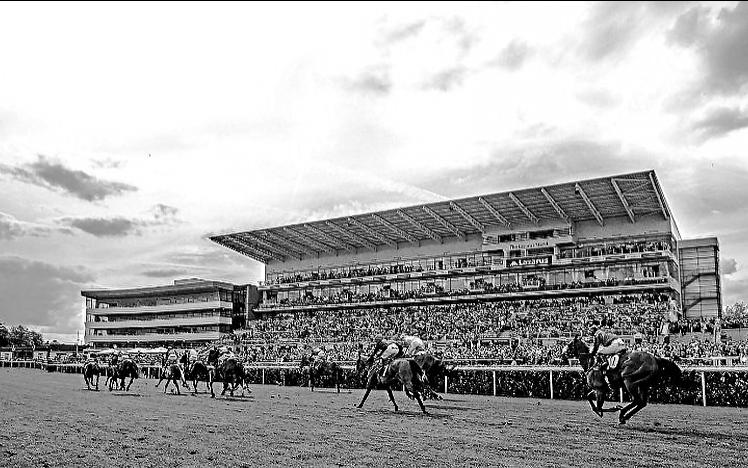St Leger Winners History
The St. Leger is the original Classic, first run at Doncaster in 1776. It is quite daunting when at the course to see the board listing winners going back to the year of the American Revolution. Initially the race took place over two miles at Cantley Common, but in 1779 it moved to its present day home of Town Moor.
St Leger Legends. First run in 2010, the race has grown rapidly in stature whilst capturing the attentions of the national racing media. The likes of Mick Kinane and the most successful lady jockey of all time, Julie Krone, have both lifted the Leger Legends accolade. In 2015, 20 times National Hunt Champion Jockey and legend of the racing World, Sir A P McCoy OBE, took the crown. The St Leger Stakes is run over a mile, six furlongs and 115 yards. It was first run in 1776 and was won by Allabaculia. The race is actually the oldest of the five Classics and open to the colts and the fillies. It forms the final leg of both sexes Triple Crowns (see later).
The race is named after an Irish gentleman soldier, and governor of St. Lucia, Lt.Col. Anthony St. Leger. Reputedly the correct pronunciation is something like Salinger but Saint Ledger is more often used these days.
The St Leger Stakes is the oldest and longest of the five British Classic races, which also include the 1000 Guineas, 2000 Guineas, Epsom Derby and Epsom Oaks. It is held each September in Doncaster, in South Yorkshire.


Doncaster benefited from the lucrative stagecoach trade in the 16th century. This led to horse breeding in the town, and to the popularity of horse racing. The first known horse races were held there as early as the 17th century.

St Leger history began in September 1776, when the first race was run over two miles on Cantley Common in Doncaster, for a sweepstake of 25 guineas. In the inaugural race, colts carried eight stone each and fillies carried seven stone, 12 pounds.
The organiser of the first race and owner of Allabaculia, who won the race was Charles Watson-Wentworth (2nd Marquess of Rockingham), a Whig statesman who served two terms as Prime Minister of Britain, as well as serving as Leader of the House of Lords. However, the idea for the race is attributed to a former MP, Lieutenant Colonel Anthony St Leger.
In 1777 and 1778, the St Leger Stakes were run again on the Cantley Common. In 1779 though, the race was moved two miles to the east, to the Town Moor the spot now occupied by Doncaster Racecourse, where the St Leger Stakes continues to be run each September.
Since 1776, the St Leger Stakes has been run every year with only one exception it was cancelled in 1939, due to the outbreak of the Second World War. During the First World War (1915 to 1918), the race was held at Newmarket Racecourse.
Like the other British Classic races, the St Leger Stakes has enjoyed considerable support and participation by the British royals and gentry. In both 1896 and 1900, the St Leger Stakes winners were owned by the Prince of Wales, later Edward VII. The 1942 winner, Sun Chariot, was owned by King George VI.
The current distance of the race is 1 mile, 6furlongs and 132 yards (about 2900m). This is a little less than in olden times, but seen by many to be an outrageous test of stamina for a three-year-old. By comparison, the longest American Triple Crown event, the Belmont Stakes, is over 1 mile, 4 furlongs (2400m).

Since the great Nijinsky prevailed in 1970, however, the race has become increasingly unfashionable with owners keeping at least one eye on stud values.
Indeed, some now argue that victory in the St. Leger would actually devalue a Guineas and Derby winner, highlighting stamina while impying a deficiency in the more lucrative attribute of speed.
St Leger France
Despite the attractions of other Autumn races such as the Prix de lArc de Triomphe and Breeders Cup, the St. Leger remains a key feature of the racing calendar.
Anthony St Leger
Dont miss the continuation of St Leger history, with the running of the race at Doncaster. For information on how to get there, see St Leger travel.